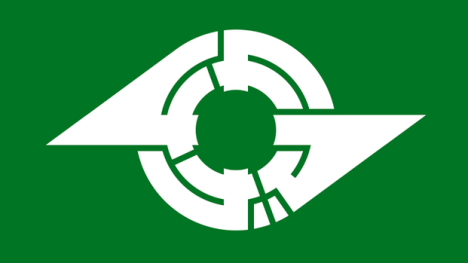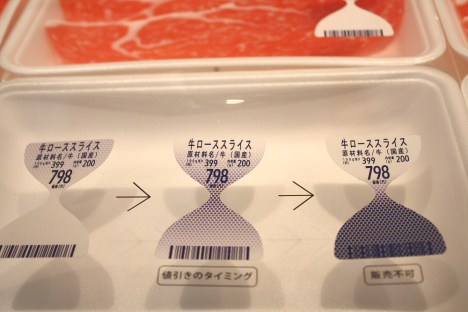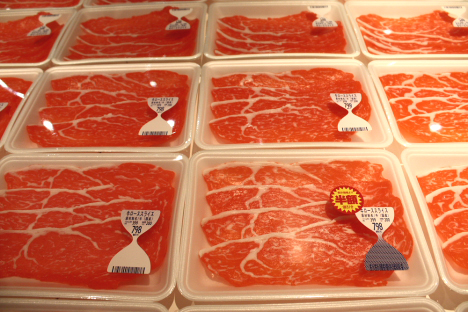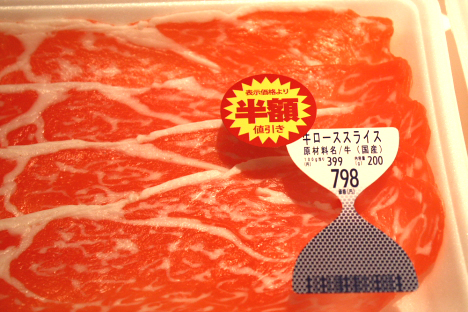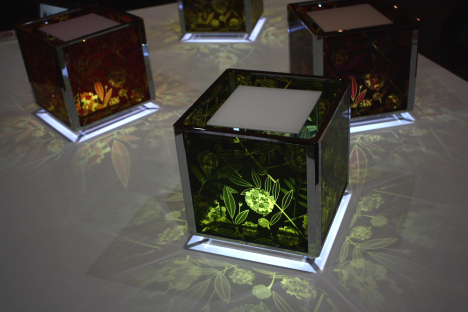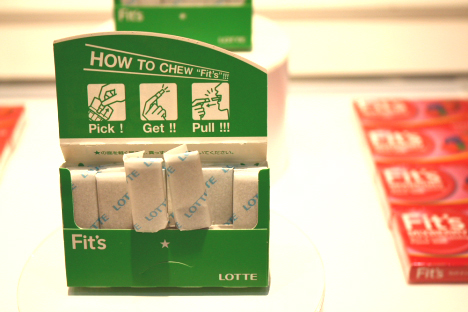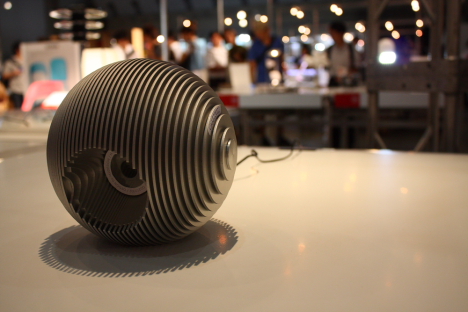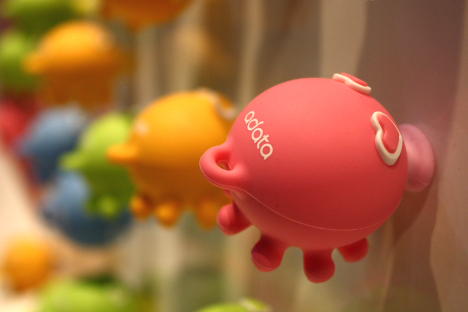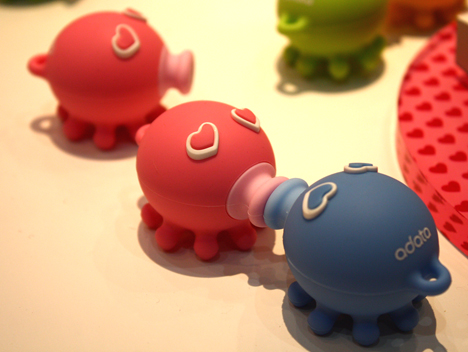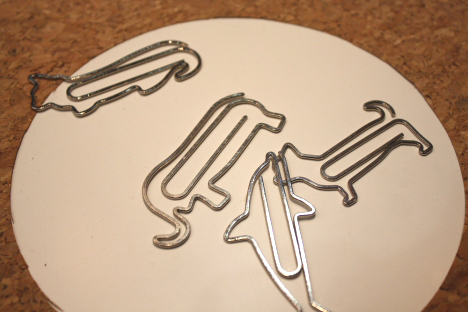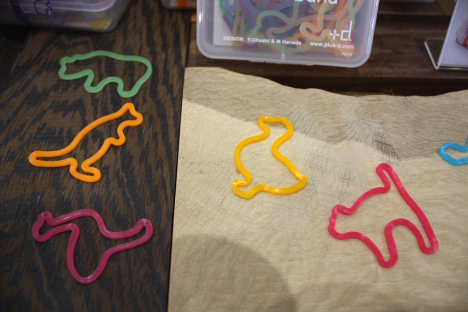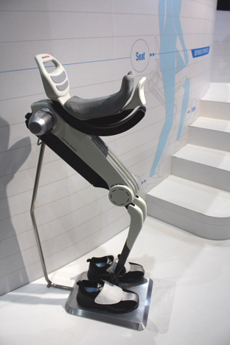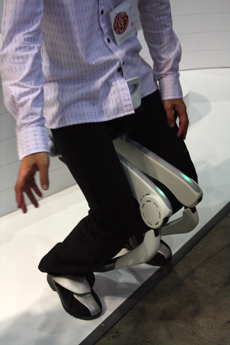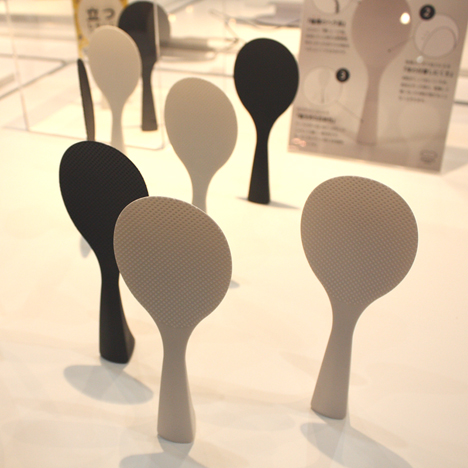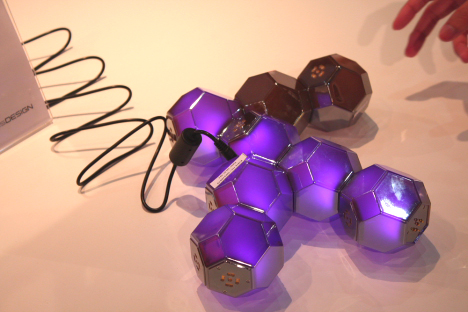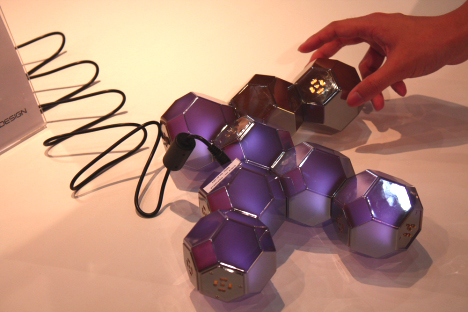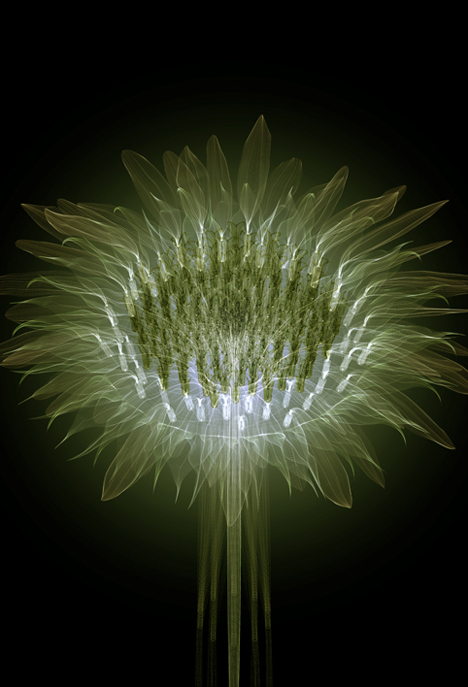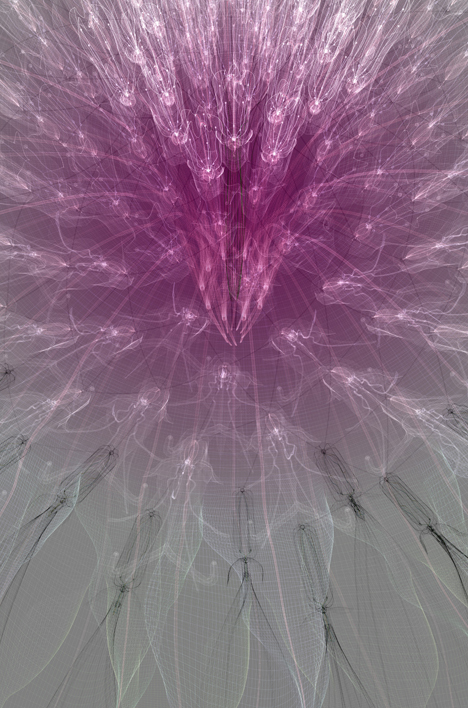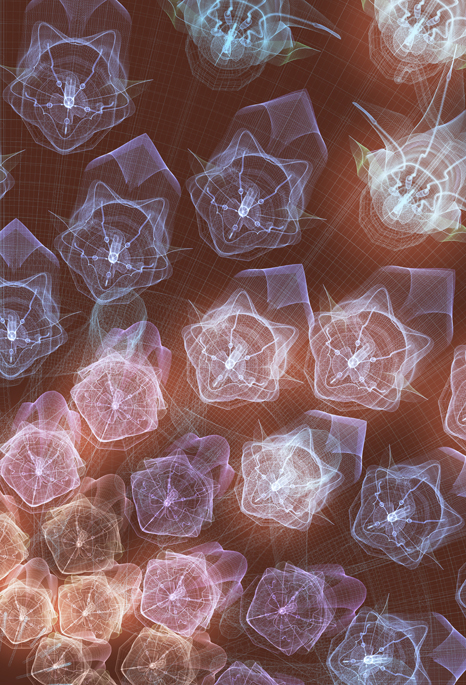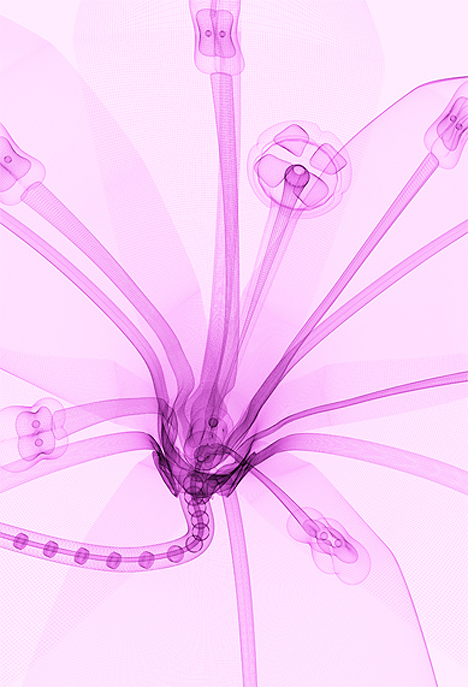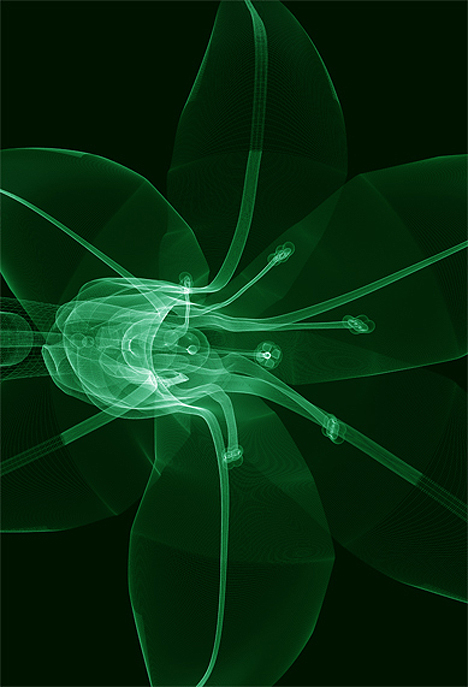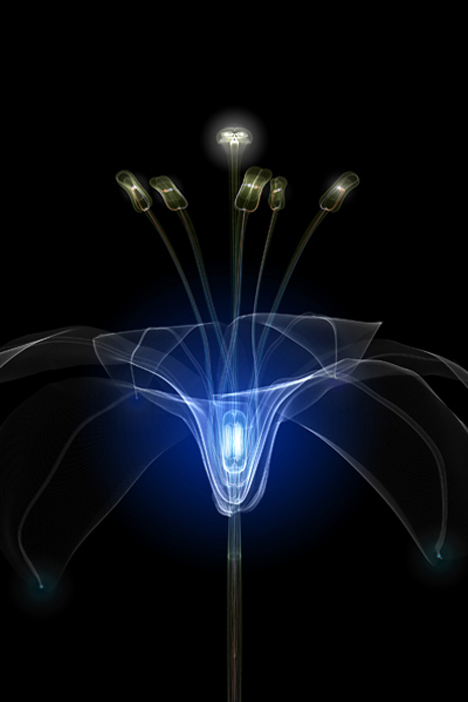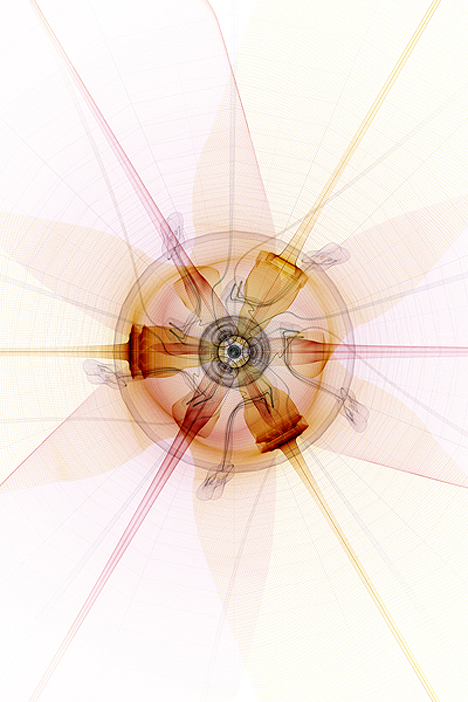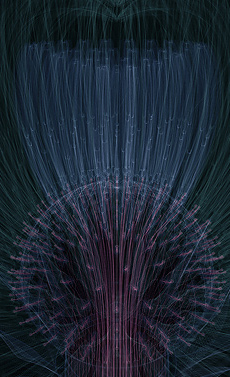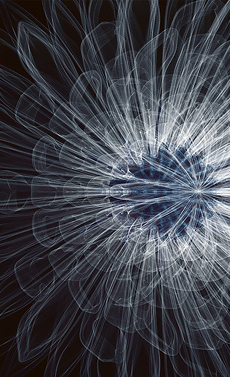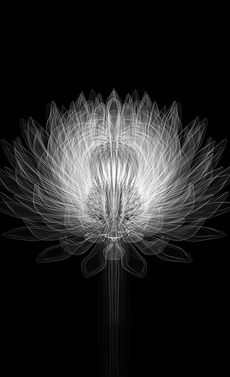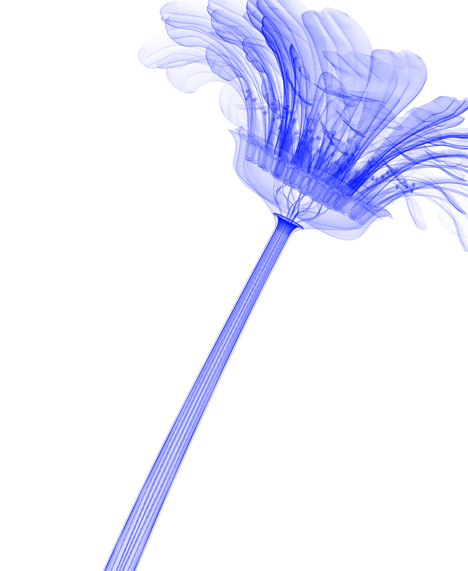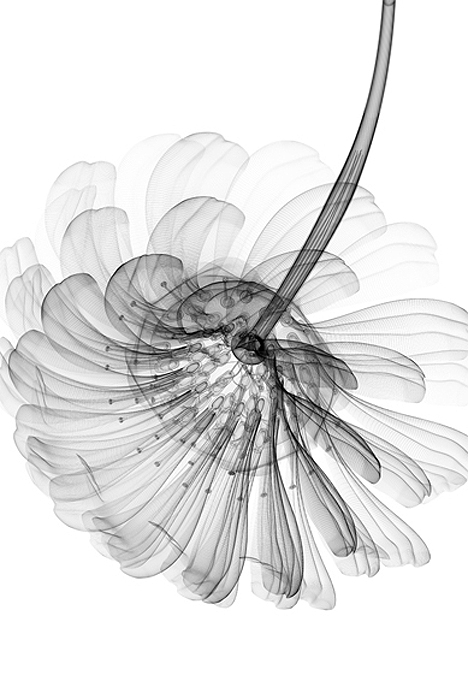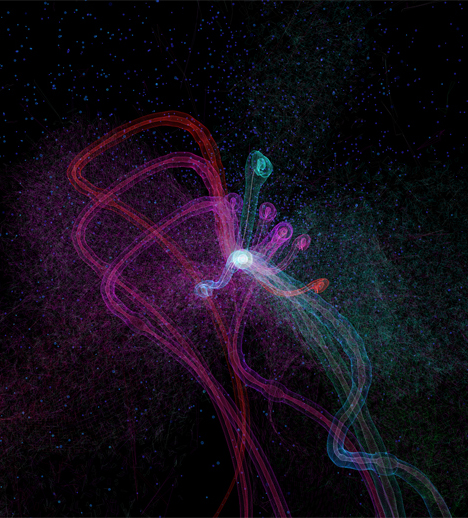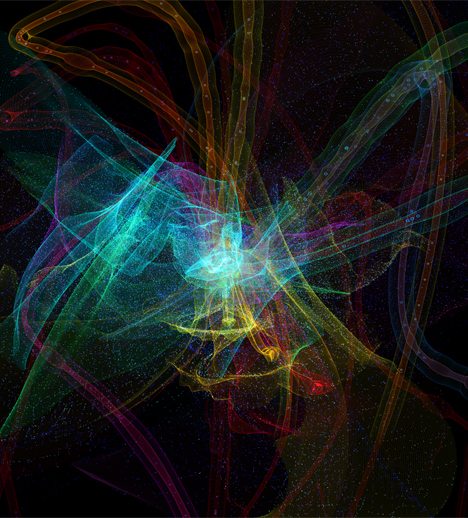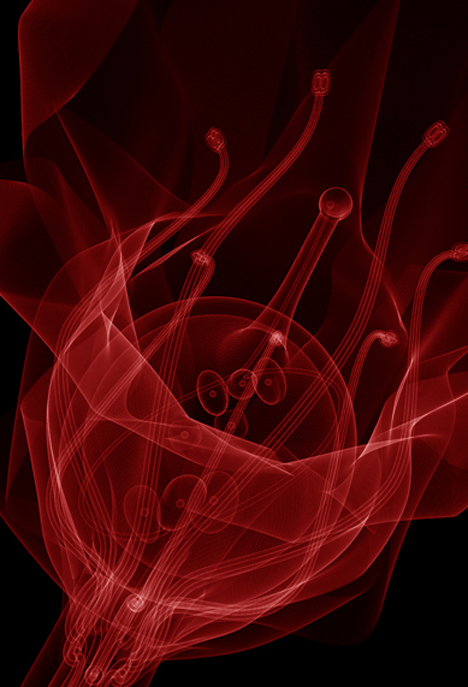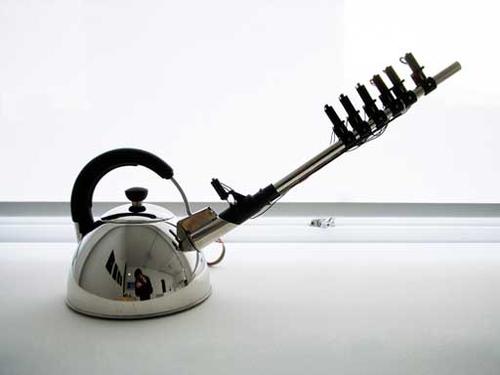Extract from WIRED:

Merck was in trouble. In 2002, the pharmaceutical giant was falling behind its rivals in sales. Even worse, patents on five blockbuster drugs were about to expire, which would allow cheaper generics to flood the market. The company hadn't introduced a truly new product in three years, and its stock price was plummeting.
In interviews with the press, Edward Scolnick, Merck's research director, laid out his battle plan to restore the firm to preeminence. Key to his strategy was expanding the company's reach into the antidepressant market, where Merck had lagged while competitors like Pfizer and GlaxoSmithKline created some of the best-selling drugs in the world. "To remain dominant in the future," he told Forbes, "we need to dominate the central nervous system."
His plan hinged on the success of an experimental antidepressant codenamed MK-869. Still in clinical trials, it looked like every pharma executive's dream: a new kind of medication that exploited brain chemistry in innovative ways to promote feelings of well-being. The drug tested brilliantly early on, with minimal side effects, and Merck touted its game-changing potential at a meeting of 300 securities analysts.
Behind the scenes, however, MK-869 was starting to unravel. True, many test subjects treated with the medication felt their hopelessness and anxiety lift. But so did nearly the same number who took a placebo, a look-alike pill made of milk sugar or another inert substance given to groups of volunteers in clinical trials to gauge how much more effective the real drug is by comparison. The fact that taking a faux drug can powerfully improve some people's health—the so-called placebo effect—has long been considered an embarrassment to the serious practice of pharmacology.
Ultimately, Merck's foray into the antidepressant market failed. In subsequent tests, MK-869 turned out to be no more effective than a placebo. In the jargon of the industry, the trials crossed the futility boundary.
MK-869 wasn't the only highly anticipated medical breakthrough to be undone in recent years by the placebo effect. From 2001 to 2006, the percentage of new products cut from development after Phase II clinical trials, when drugs are first tested against placebo, rose by 20 percent. The failure rate in more extensive Phase III trials increased by 11 percent, mainly due to surprisingly poor showings against placebo. Despite historic levels of industry investment in R&D, the US Food and Drug Administration approved only 19 first-of-their-kind remedies in 2007—the fewest since 1983—and just 24 in 2008. Half of all drugs that fail in late-stage trials drop out of the pipeline due to their inability to beat sugar pills.
The upshot is fewer new medicines available to ailing patients and more financial woes for the beleaguered pharmaceutical industry. Last November, a new type of gene therapy for Parkinson's disease, championed by the Michael J. Fox Foundation, was abruptly withdrawn from Phase II trials after unexpectedly tanking against placebo. A stem-cell startup called Osiris Therapeutics got a drubbing on Wall Street in March, when it suspended trials of its pill for Crohn's disease, an intestinal ailment, citing an "unusually high" response to placebo. Two days later, Eli Lilly broke off testing of a much-touted new drug for schizophrenia when volunteers showed double the expected level of placebo response.
It's not only trials of new drugs that are crossing the futility boundary. Some products that have been on the market for decades, like Prozac, are faltering in more recent follow-up tests. In many cases, these are the compounds that, in the late '90s, made Big Pharma more profitable than Big Oil. But if these same drugs were vetted now, the FDA might not approve some of them. Two comprehensive analyses of antidepressant trials have uncovered a dramatic increase in placebo response since the 1980s. One estimated that the so-called effect size (a measure of statistical significance) in placebo groups had nearly doubled over that time.
It's not that the old meds are getting weaker, drug developers say. It's as if the placebo effect is somehow getting stronger.
The fact that an increasing number of medications are unable to beat sugar pills has thrown the industry into crisis. The stakes could hardly be higher. In today's economy, the fate of a long-established company can hang on the outcome of a handful of tests.
Why are inert pills suddenly overwhelming promising new drugs and established medicines alike? The reasons are only just beginning to be understood. A network of independent researchers is doggedly uncovering the inner workings—and potential therapeutic applications—of the placebo effect. At the same time, drugmakers are realizing they need to fully understand the mechanisms behind it so they can design trials that differentiate more clearly between the beneficial effects of their products and the body's innate ability to heal itself. A special task force of the Foundation for the National Institutes of Health is seeking to stem the crisis by quietly undertaking one of the most ambitious data-sharing efforts in the history of the drug industry. After decades in the jungles of fringe science, the placebo effect has become the elephant in the boardroom.
Continue reading here.
